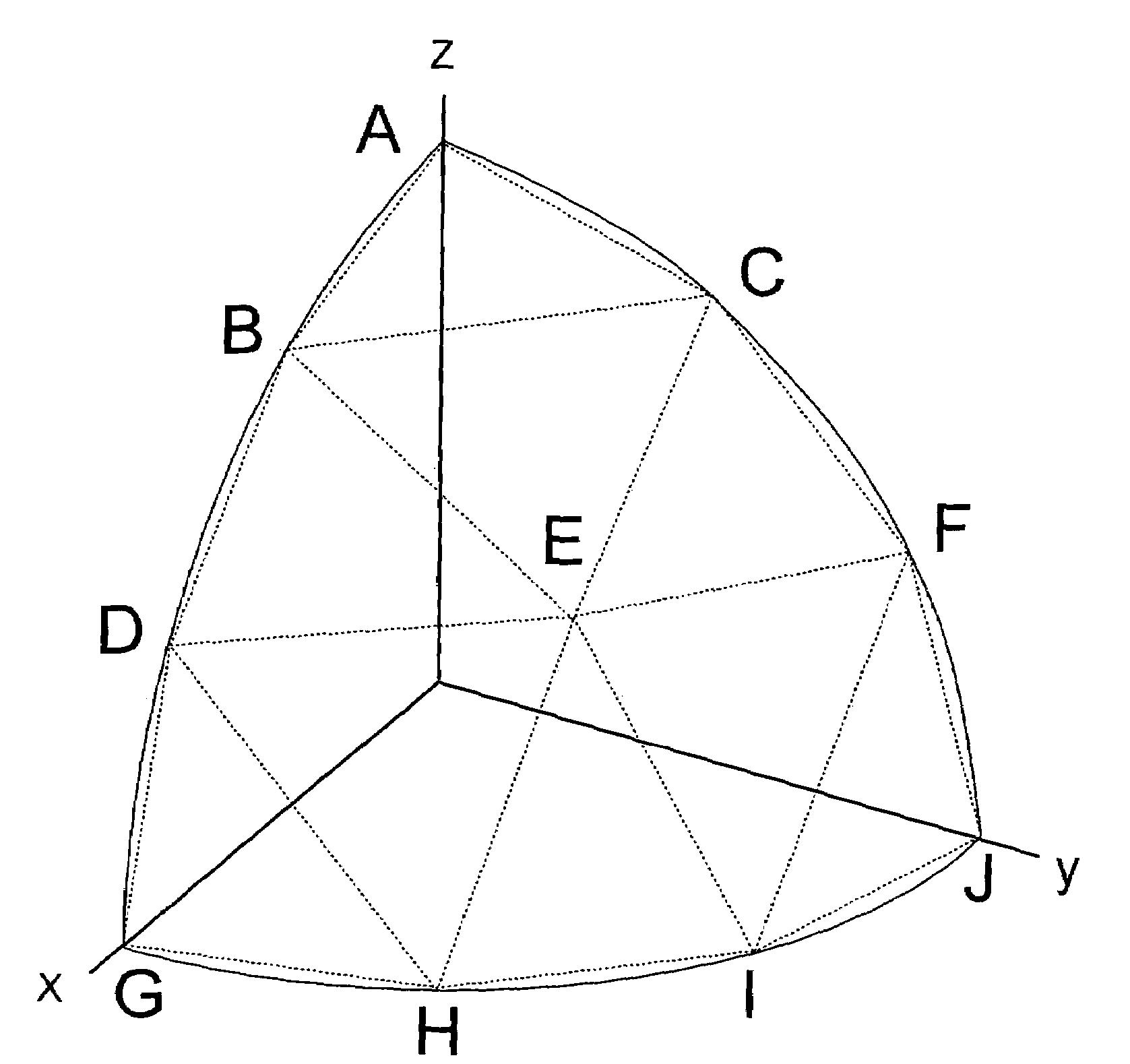MRI gradient waveform design using convex optimization
a gradient waveform and optimization technology, applied in the field of magnetic resonance imaging, can solve the problems of many of these methods limited to the design of trapezoidal pulses, and achieve the effect of reducing the time in identifying
- Summary
- Abstract
- Description
- Claims
- Application Information
AI Technical Summary
Benefits of technology
Problems solved by technology
Method used
Image
Examples
Embodiment Construction
[0025]The design method can be used in accordance with the invention to design minimum-time gradient waveforms that satisfy gradient-amplitude and slew-rate limitations. Additional constraints such as gradient start and end amplitudes, gradient area or higher-order gradient moments can be included. Importantly, application of the method can be extended to multi-dimensional gradient design which is necessary for procedures that use oblique scan-plane orientations.
[0026]Consider first the general constraints in gradient waveform design including gradient amplifier voltage and current limits as well as pulse-sequence requirements. Next, methods of formulating the problem are described so that it can be solved using three different types of existing linear and quadratic programming techniques. All of these techniques result in comparable solutions.
[0027]A gradient amplifier supplies current to a gradient coil, producing a continuously-varying gradient, G(t). The amplifier has current an...
PUM
 Login to View More
Login to View More Abstract
Description
Claims
Application Information
 Login to View More
Login to View More - R&D
- Intellectual Property
- Life Sciences
- Materials
- Tech Scout
- Unparalleled Data Quality
- Higher Quality Content
- 60% Fewer Hallucinations
Browse by: Latest US Patents, China's latest patents, Technical Efficacy Thesaurus, Application Domain, Technology Topic, Popular Technical Reports.
© 2025 PatSnap. All rights reserved.Legal|Privacy policy|Modern Slavery Act Transparency Statement|Sitemap|About US| Contact US: help@patsnap.com



